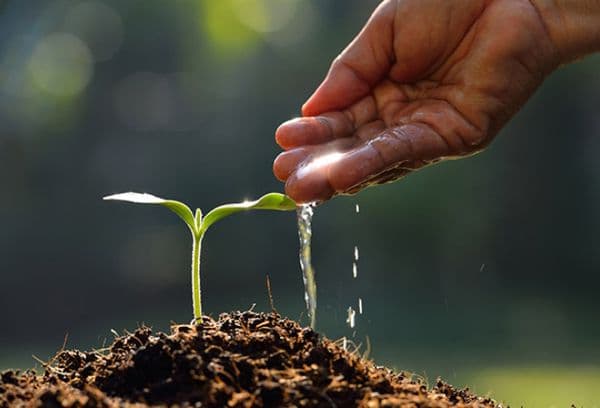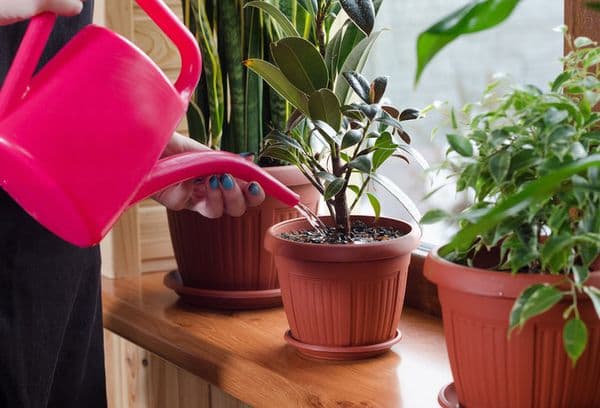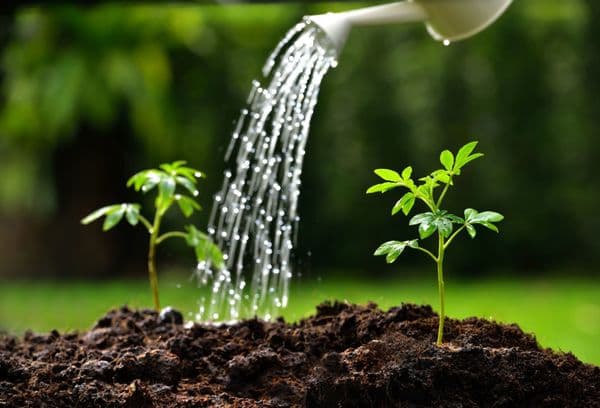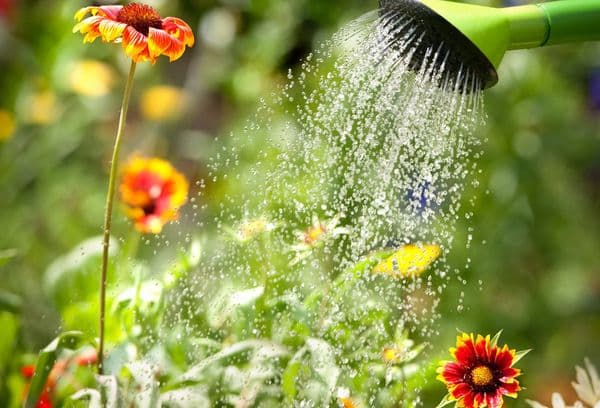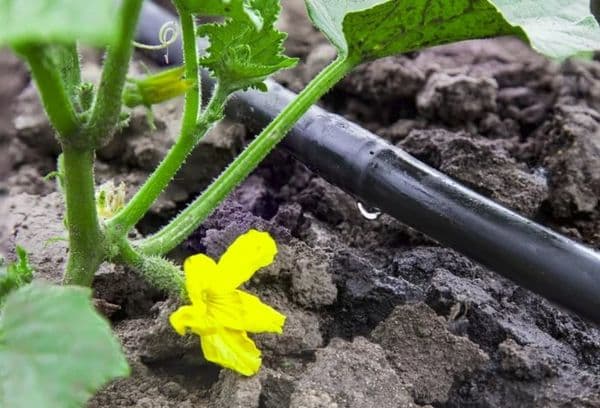Why plants cannot be watered with cold water, what will happen
Proper moistening of indoor flowers, seedlings and garden beds is the most important condition for the normal development of the crop. Both experienced gardeners and professional farmers insist that it is impossible to water plants with cold water. The optimal temperature is about 20 degrees. Fluctuations within 4 degrees in a positive and negative direction are allowed, depending on the type of plant, ambient temperature and method of watering.
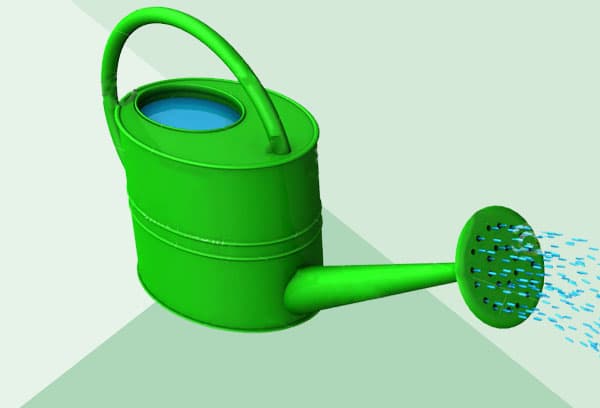
What happens when you humidify with cold water?
If the water is taken directly from a well (it is rarely warmer than +6 degrees) or has cooled down to 15 degrees or more at night, then it is extremely undesirable to take it for irrigation.
What happens if you ignore the rule:
- Receiving water similar to autumn showers, the plant will slow down all biological processes and begin to prepare for sleep.
- Many substances themselves are less soluble in cold water and therefore do not saturate the plantings to the required extent.
- Tiny peripheral root shoots are most affected, even to the point of death.
- Due to hypothermia, the response of plants to external stimuli worsens. Plantings become more susceptible to diseases, suffer more and recover worse from attacks of parasites of any kind.
Advice
The magazine purity-en.htgetrid.com recommends organizing a drip irrigation system on the site, which will minimize the risk of both hypothermia and overheating during humidification, protect against overflow and drought, allow for more efficient use of moisture from the reservoir and not rush to the dacha strictly to time when water is given.
Watering rules
These are the main negative consequences of cold watering, but there are no clear-cut solutions in agricultural technology. When organizing watering, you need to consider the following factors:
- plant type,
- watering method,
- air and soil temperature.
Type of plant. Most garden and potted crops come from the tropics and other southern undergrowth. They prefer water no colder than 20, but preferably 22 degrees. Among garden crops, pumpkins, from watermelon to cucumbers, are especially heat-loving. On the contrary, nightshades, such as tomatoes, do not like heat too much. They prefer hydration with cool water, 18-20 degrees.
Watering method. Obviously, you shouldn’t pour ice-cold spring water under the root - this is a direct blow from the cold to the plant. But sprinkling (for example, for cabbage), drip watering or through a good layer of mulch are quite suitable methods if it is not possible to warm the water for irrigation.
Ambient temperature. Plants tolerate changes in conditions worse than cold or heat. Therefore, moisturizing with cold water in the heat or throwing hot moisture on the plantings after a cold night is the worst solution. There should be no contrast between the temperatures of water, soil and air. Therefore, it is preferable to water indoor plantings with water that has settled in the same room, and the garden with moisture collected in a tank that has stood for at least a day.
A few more nuances of proper watering:
- During a hot week, it is better to moisten the plantings before 9 am or after 6 pm, when the heat has subsided. Otherwise, the drops will concentrate the sun's rays and leave burns on the leaves. Moisture will evaporate rapidly from the soil and form a crust, preventing air from passing to the roots. Another consequence of drying out soil is that the roots will grow vertically down and up, in search of moisture, and the plants will hold onto the soil less well, and the slightest wind will drop them.
- In cool and cloudy weather, watering should be moderated and carried out during the warm part of the day so that the water does not stagnate either on the stems or on the greens and fruits. A mistake is fraught with the fact that microflora will grow in the puddles, which will begin to eat the plants, and rot will appear.
- Vegetables such as tomatoes do not tolerate dampness well, but they also do not like drought. Therefore, they need to be covered with mulch so that the moisture evaporates slowly and watering can be done less often.
- Contrasts are not welcome, but it is obvious that after frosts you should not take ice water or in hot weather - boiling water. In the first case, you need to let the soil warm up at least a little and water it with warm water. It is permissible to warm tropical capricious plants, such as cucumbers, with water at about 45 degrees, but this is risky - it is preferable to organize a greenhouse. In hot weather, on the contrary, you need to let the earth cool and only then pour water. If you take hot moisture and moisten the hot soil, the plantings will simply cook.
Plants should not be watered with either cold or hot water if you want to get a rich harvest. Spring water will cause plants to slow down in development and make them vulnerable to pests and diseases. Hot water will plunge the plantings into the bathhouse, which can lead to death. Farmers consider drip irrigation optimal, but it is not at all necessary.Follow the conditions recommended for certain types of plants, and the harvest, flowers and rich greenery will certainly delight you.
